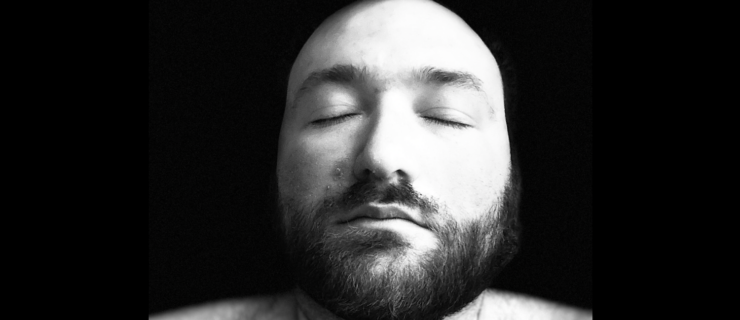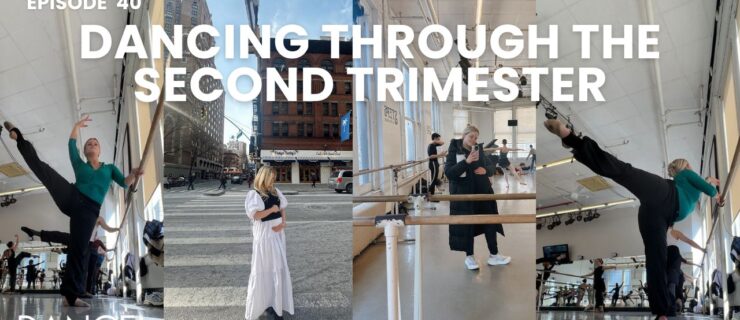How to Find the Best Pair of Street Shoes, According to Podiatrists
Members of New York City Ballet teamed up with designer Cole Haan to create a comfy, yet stylish line of shoes that are wearable from the stage to the streets. In a career where you’re almost constantly working on your feet, it’s vital for dancers to have supportive and safe footwear, even when you’re not in the studio.
To ensure your feet are always feeling performance-ready, we asked two podiatrists who’ve worked with dancers what to look for—and what to avoid—when shopping for new springtime kicks.
Make Sure It’s Wide Enough
According to Manhattan-based podiatrist Thomas Novella, dancers often have “wide-ball, narrow-heel” feet. Soles not manufactured widely enough at the ball will eventually stretch and produce pressure and discomfort under the borders of the foot.
Look For a Firm, But Flexible Sole
Look for a sole that’s flexible at the ball of the foot, but firmer in the mid-shank. “A shoe which is too rigid will force the Achilles tendon to work overtime, and flexibility at the ball of the foot will reduce that stress,” says Atlanta-based podiatrist Frank Sinkoe. Novella adds that this enhances a normal gait, protects the midfoot from strain and helps protect tired feet and ankles.
Try this test: If you grab the shoe with both hands at the ball and the heel, it should resist twisting (like the way you would wring out a towel).
Check The Inside
Before purchasing a new pair of kicks, put your hand inside the shoe and press into the sole at the ball. You don’t want to feel bumps or irregularities.
Consider Insoles
Both doctors suggest investing in a removable insole—they can be customized more than the actual shoe to cater to your specific needs.
Buy Often
Replace heavily worn shoes “as often as you can afford,” or at least annually, says Novella.
Shop At Night
Never try on new shoes at the beginning of the day, since your feet will be less swollen than usual. According to Novella, it’s best to fit your shoes at the end of the day and maybe even after class, while your feet are at their largest, and always size up if you’re unsure.
Avoid Sandals and High Heels
If you’re prone to injury or are dealing with foot pain, it’s smart to avoid high heels and sandals altogether. “When wearing a sandal, the toes will curl to keep the foot in contact with the shoe,” Sinkoe says. “If you’re having pain in the ball of the foot, this may increase stress to the area and worsen the pain.” Novella warns that wearing high heels will lead to a greater chance of sprained ankles or metatarsal injuries, especially in dancers with prior injuries. “Too high of a heel can cause a heel bruise, yet a low heel can also lead to foot strain,” he adds.




